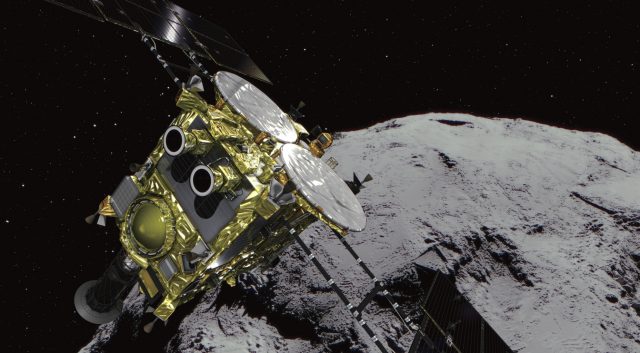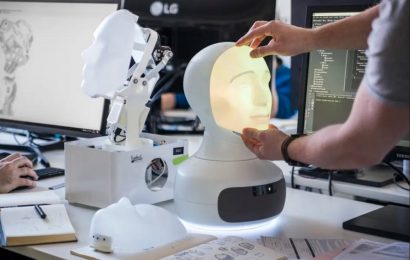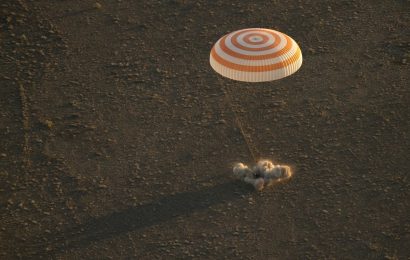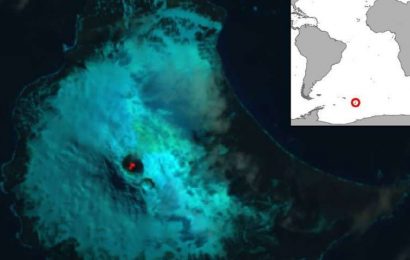The Japanese spacecraft was due to fire a pellet into the surface of an asteroid to capture dust and return the samples to Earth in 2020
Japan has sent a spacecraft to collect samples of rock from the surface of an asteroid and bring them back to Earth to be studied. The Hayabusa 2 probe has successfully touched down on asteroid Ryugu at around 11:30 pm GMT on Thursday according to officials from the Japan Aerospace Exploration Agency (JAXA).
It seems the spacecraft has reached asteroid Ryugu in June 2018 after a three-and-a-half-year journey from Earth. The touch down was planned back in October but it was delayed after the cameras showed the surface to be rockier than expected. So in the early hours of 21 February (GMT) the spacecraft began descending from 20 km above the asteroid’s surface.
The sample collection implied the spacecraft approaching the 1 km-wide asteroid with an instrument called the Sampler Horn that hangs from its underbelly, and on touchdown a 5g bullet made of tantalum was fired into the rocky surface at 300m/s with the Sampler Horn collecting the particles kicked up by the impact.
The spacecraft is expected to return to Earth in 2020 along with the samples and land in Woomera, South Australia. JAXA spokeswoman Chisato Ikuta said the control center has received data from the probe that showed it is working normally.
Ryugu belongs to a family of primitive space rocks known as C-type, being a relic left over from the early days of our solar system. The asteroid is thought to contain large amounts of organic matter and water from 4.6 billion years ago when the solar system was born. John Bridges, a professor of planetary science at the University of Leicester stated:
“This is the material that didn’t get swept up into planets, it got left behind. The reason we want to study it is that this us what material was like at year zero.”
Source: theguardian.com




